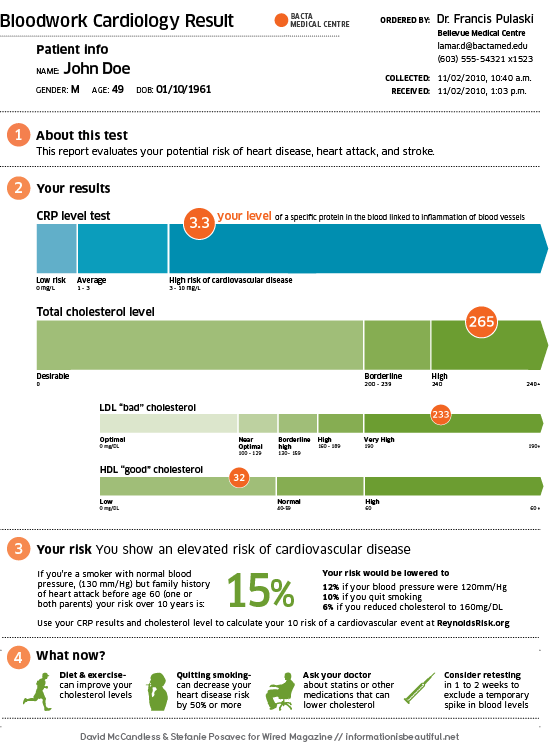If you are curious about Near Infrared Spectroscopy (NIRS) and happen to be in Edinburgh in the next few weeks make sure you visit the science festival. 
The primary application of NIRS to the human body uses the fact that the transmission and absorption of NIR light in human body tissues contains information about hemoglobin concentration changes. When a specific area of the brain or a muscle is activated, the localized blood volume in that area changes quickly. Optical imaging can measure the location and activity of specific regions of the brain or muscles by continuously monitoring blood hemoglobin levels through the determination of optical absorption coefficients.
My PhD student Catherine Hesford has just started a blog here. Catherine will conduct an experiment with members of the public and will explain the theory behind NIRS together with my colleague Professor Chris Cooper.
The Science Festival in Edinburgh starts on the 9th of April, all details are available here.
 orcid.org/0000-0002-2777-8707
orcid.org/0000-0002-2777-8707












